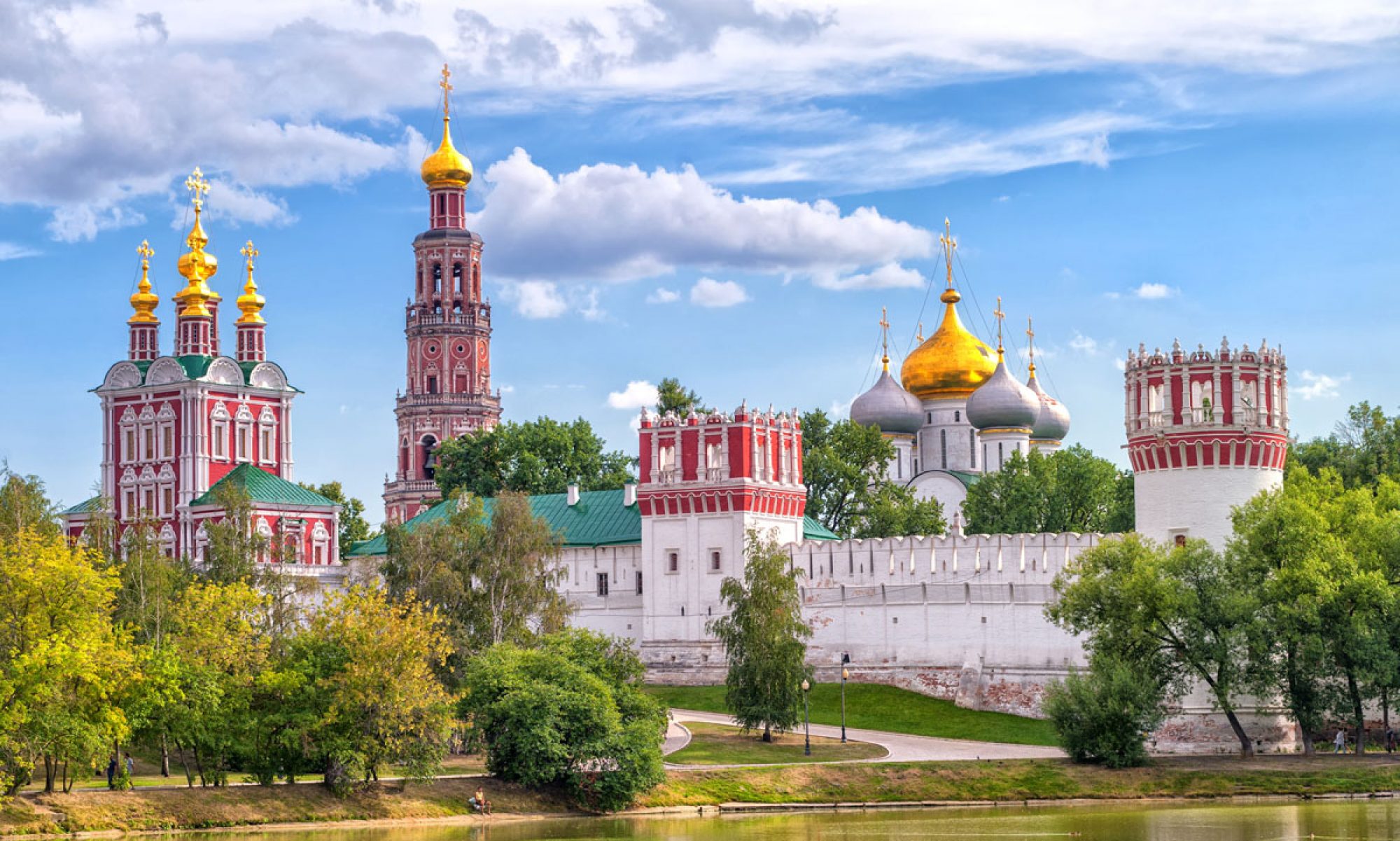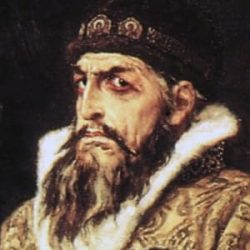Having never read any of Lenin’s writings I was surprised to see how well of a writer he was. In referring to Bloody Sunday, he paints a vivid picture of a deceitful tsar who allowed working class men, or the proletariat, to gather in protest without hindrance just to be brutally slaughtered, along with their families who had joined them. He would speak of the revolution spreading as wildfire throughout the cities of Russia and pleaded with those in revolt to continue in their exalted task of overthrowing the Russian autocracy. As we know, this would not be, at least not yet. But his words certainly carried weight during this time, and I find myself questioning how the revolution did not occur at this moment with such an extreme political instigator as Lenin at its forefront.
Lenin Exhorts the Proletariat to Revolution
I found this piece really interesting. Vladimir Lenin is infamous for his speeches and writings that led the Russian people to revolution. This short post says a lot about his philosophy and what he views as a successful revolution. He prioritizes weapons remarking on several occasions to buy up pistols and shape tools into weapons. This is a strong indicator of the violence these revolutions will bring and the violence that will be caused to the Tsar and his family. He also paints quite the heroic picture of the proletariat and of the working class. By making them seem beautiful, strong and heroic he is persuading more to take up the fight. He sets them up as an example of what the proletariat of the world is and will be watching. He boldly assumes that all the world will soon follow the Russian suit.

Thoughts on readings for 12/6
When reading the demands that the Russian people brought to the Tsar, it made me imagine what life was like back then. Today, we live with basically all of their demands and we don’t really think about what our life would be like without these rights. The people were demanding basic human rights, about voting, working conditions, freedoms of speech, religion, etc. that we have. When reading Father Gapon’s petition to Nicholas II, it showed how bad the Russian people wanted to get these rights. They were willing to die for their rights, and would do anything to try and gain them. It was very interesting to read because most pieces about revolution that I have read do not include modern things about working conditions, so it makes you realize that it wasn’t that long ago that people all over the world were fighting for stuff that we do not always think about today, unless you are impacted directly/indirectly or have a concern about those facing discrimination. These were just some thoughts I had while reading.
European Fashion in Russia and Igor Stravinsky, “The Rite of Spring”
Fashion in Russia has not had many changes, but when it does change, the change is drastic. Before Peter the Great came into power, there was little to no influence from the West on Russia. Peter decided to create a new westernized style of clothing for the Russian people. The clothing was more revealing and tighter than what the people were used to. For the men, he also required them to shave their beards .
In the summary about the primary source of “European Fashion in Russia,” when Peter the Great commanded the people in Russia to convert into western European clothing, most of the people were not very supportive with Peter the Great’s idea in wearing westernized clothing because they think it is considered sinful and immoral to wear because they usually covered their bodies when clothing. But there is a reason why Peter the Great changes the dress code in Russia is because he wanted to encourage his people that they are a part of the European country and westernization in Moscow, he thought that dressing up as a European means essentially becoming part of a European country. The military in Russia wear European uniforms in the empire, including the upper-class who started to wear westernized clothes in their estates, and the peasants continued to wear the old slavophile tradition. While fashion changed in Europe, it continued to change in Russia. Russia kept up with the new Westernized styles because without it there would be no fashion in Russia.
“The Rite of Spring” is a ballet written by Igor Stravinsky in 1913. The ballet was written for the 1913 Paris Season. The ballet is seen as being influential, scandalous, and controversial at the same time. It includes detailed costumes, intense choreography, and a thought provoking soundtrack that keeps you on edge the whole time. It also includes pagan sacrifices. At first the ballet faced hard backlash from the crowd due to mistakes from the opening night, but eventually it turned into one of the most influential pieces of work from the 20th century.
Questions:
- From the view of a slavophile, can you explain why Russian fashion kept up with the European/Western look and did not change to a more Eastern look? Does this make Russia a Western country or just heavily influenced from the West?
- What does fashion hold in Russian society for the lower and upper class? What are the differences, does fashion really separate the classes?
- Does fashion have anything to do with revolutions in Russia? Pg 121, brief mention of Lenin’s fashion.
- In the ballet, the opening music creates a somber, sneaky environment. It also keeps you on edge trying to figure out what is going to happen next. (6-6:45) What was the composer trying to relate with the music in comparison to the theme of the ballet?
- The first scene of the ballet is very tribal. The costumes of all of the characters, mainly the women, are sort of native like. (9:45ish) What do the costumes throughout the ballet say about what kind of country Russia is? Does it have more of a slavic view, western view, or just a view of their own.
- Around minute 18:00 an old man appears and he becomes the center of the people. Everyone dances around him, and causes chaos while he stands in the middle and looks confused. Is he some sort of pagan prophet coming to direct the people, a tribal elder, or a foreshadowing of the development of Christianity in Russia?
- The last scene of the ballet includes essentially a dance to the death. The woman (whom we can assume is a pagan) is killed, and carried off by the animals that were surrounding her. Does this symbolism the end of paganism in Russia, and the end of Mongol influence on the Russian people?

